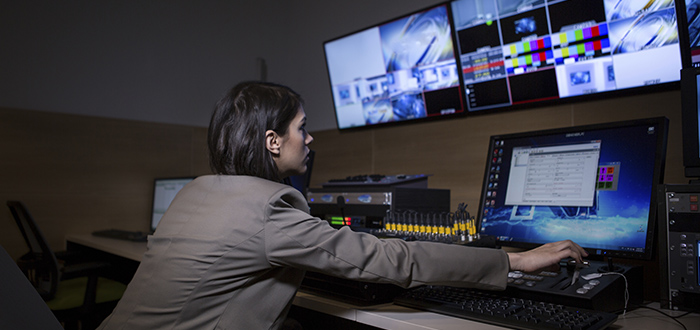
Livestream Goes Mainstream
As meeting planners increasingly look to extend their event reach, there is greater interest in hosting hybrid meetings – meetings that combine a real-time, face-to-face component with virtual elements.
Here’s a look at how live videostreaming is going mainstream and best practice tips for incorporating livestreaming into your next event.
The Rise of Livestreamed Video
Livestreaming is to broadcast both audio and video of an event on the internet as it happens. For example, during the 2016 Summer Olympics, NBC Sports livestreamed a whopping 4,500+ hours of coverage so fans around the world could catch their favorite sports as they were played in real-time.
In the last few years, livestreaming has gotten a boost thanks to new technologies like Facebook Live and Periscope. Anyone with a smart device can quickly test or experience an informal livestream. With livestreaming appearing just about everywhere in our everyday lives, the expectation is to see more of it at events too.
Livestreaming is a popular hybrid meeting strategy for meeting planners to generate buzz and draw in additional participants.
Ideas for Using Livestreaming
Here are just a few of the ways to use livestreaming to extend your meeting beyond the traditional physical boundaries:
- Invite remote audiences to watch and listen in to your meeting kick-off or keynote presentation.
- Stream a live demonstration or technical talk to help non-attendees learn about and see your products in action.
- Unveil a new product or share important news to a larger audience with a live videostream of the meeting announcement.
- Host a Q&A with company executives or interview industry experts on hot topics and issues during a special live videostreamed segment.
Livestream Best Practices to Keep in Mind
When considering adding a livestream to compliment your face-to-face physical meeting, keep these four tips in mind:
- Know your audience. A livestream may not be a fit for every group. How tech savvy are they and are they likely to participate virtually?
- Decide which meeting moments will be appropriate for remote audiences. Livestream only the most relevant content and keep streamed segments to no more than 20-30 minutes max to keep attention focused.
- Look for a meeting facility with a fully equipped HD broadcast studio. Venues that have an on-site studio, like the OLC, ensure your livestream audio and video is high quality.
- Don’t leave your livestream to chance. A dedicated team of production staff and AV technicians makes sure your meeting experience is flawless for those attending virtually.
Interested in livestreaming your next event? Contact us for more information.

